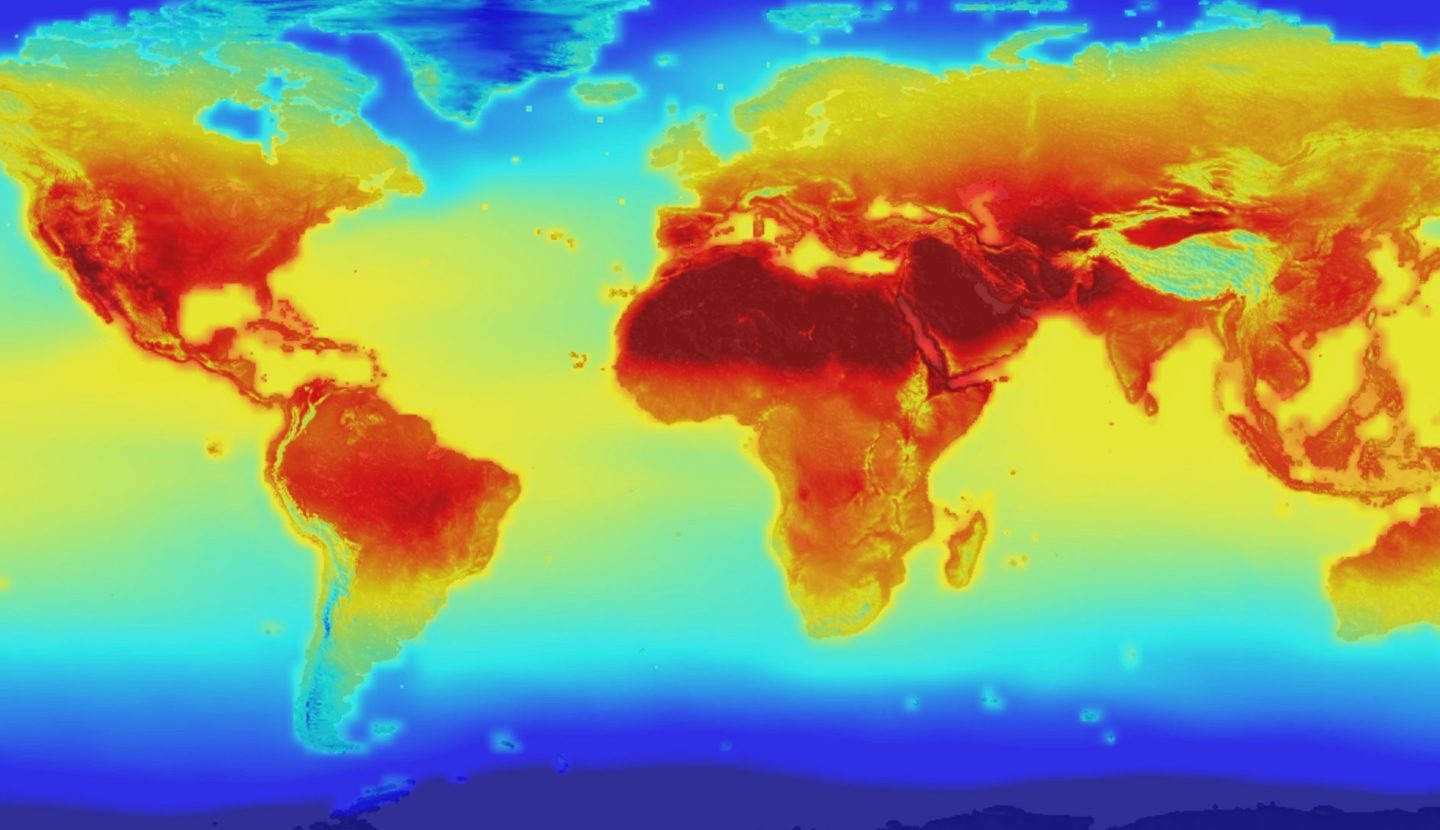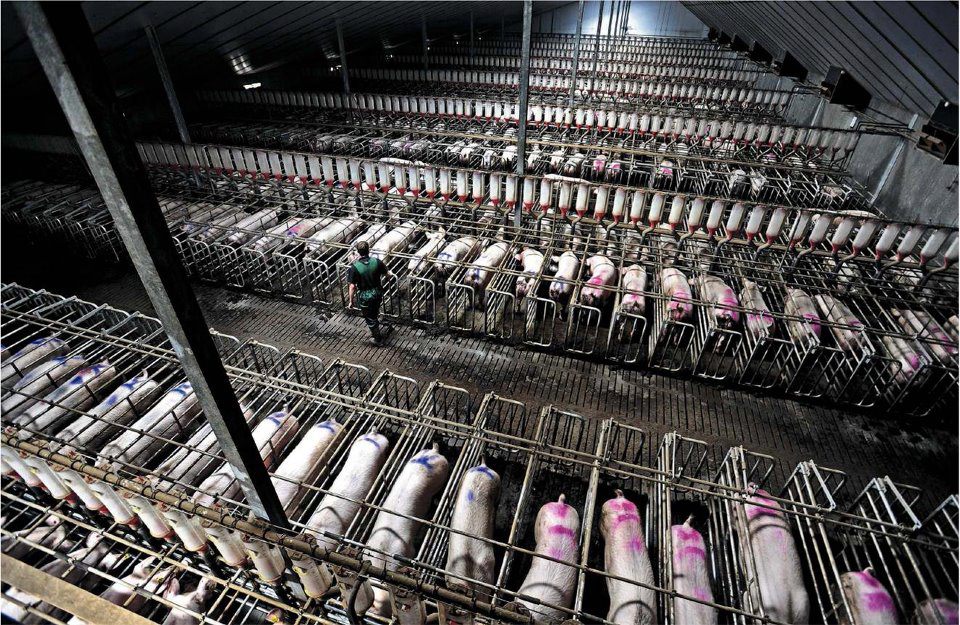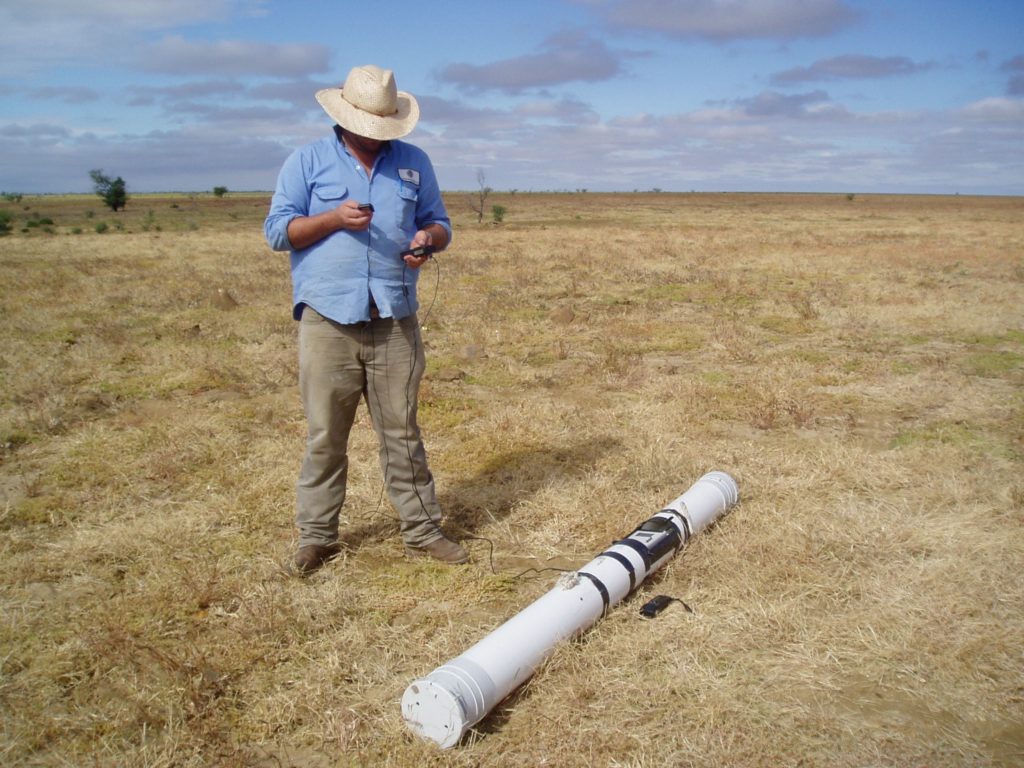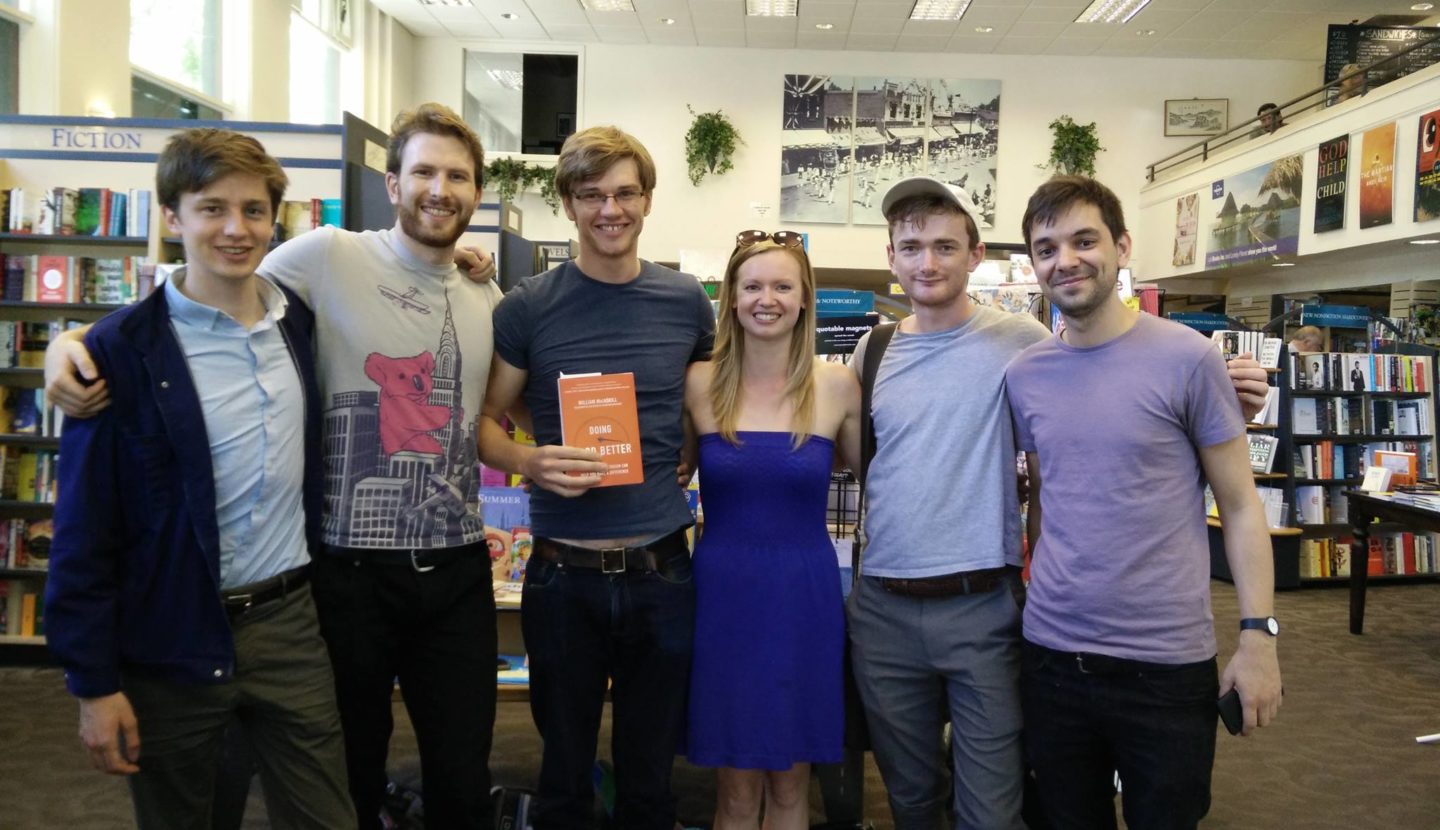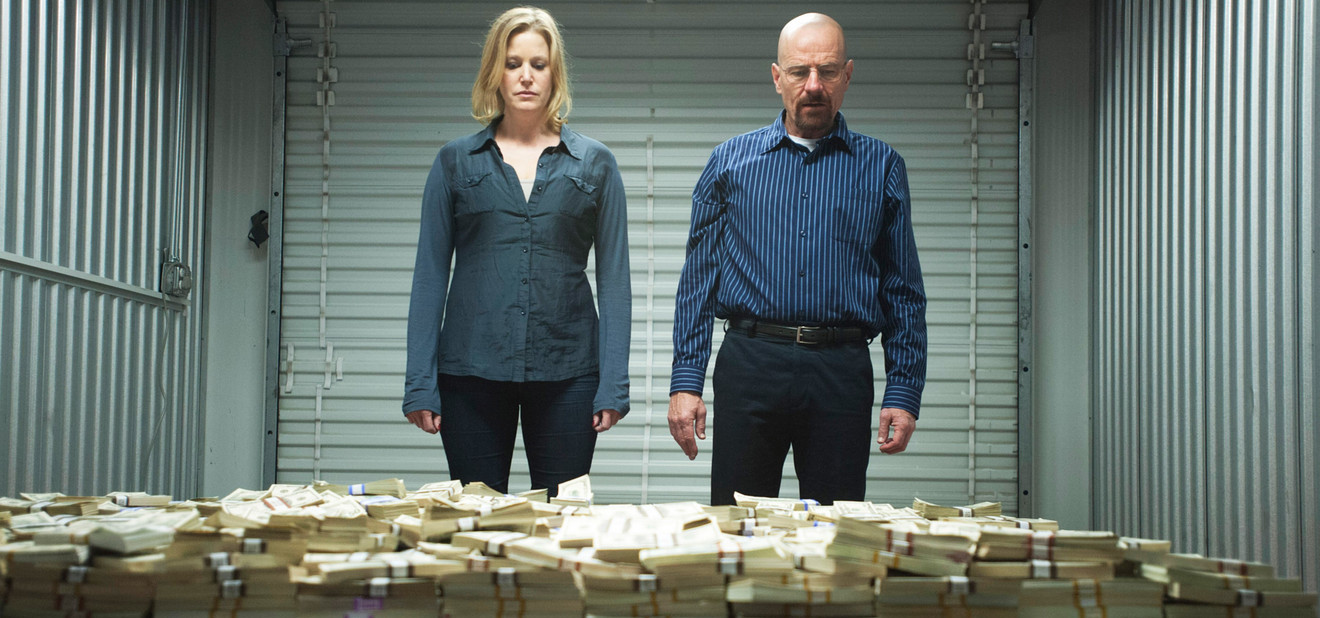The rent is too damn high — should you work on reforming land use regulations?

We’ve released a new ‘problem profile’ on reform of how land is used in cities.
Local laws often prohibit the construction of dense new housing, which drives up prices, especially in a few large high-wage urban areas. The increased prices transfer wealth from renters to landowners and push people away from centres of economic activity, which reduces their ability to get a job or earn higher wages, likely by a very large amount.
An opportunity to tackle the problem which nobody has yet taken is to start a nonprofit or lobbying body to advocate for more housing construction in key urban areas and states. Another option would be to try to shift zoning decisions from local to state governments, where they are less likely to be determined by narrow local interests, especially existing land-owners who benefit from higher property prices.
In the profile we cover:
- The main reasons for and against thinking that working on land use reform is among the best uses of your time.
- How to use your career to make housing in prospering cities more accessible to ordinary people.
